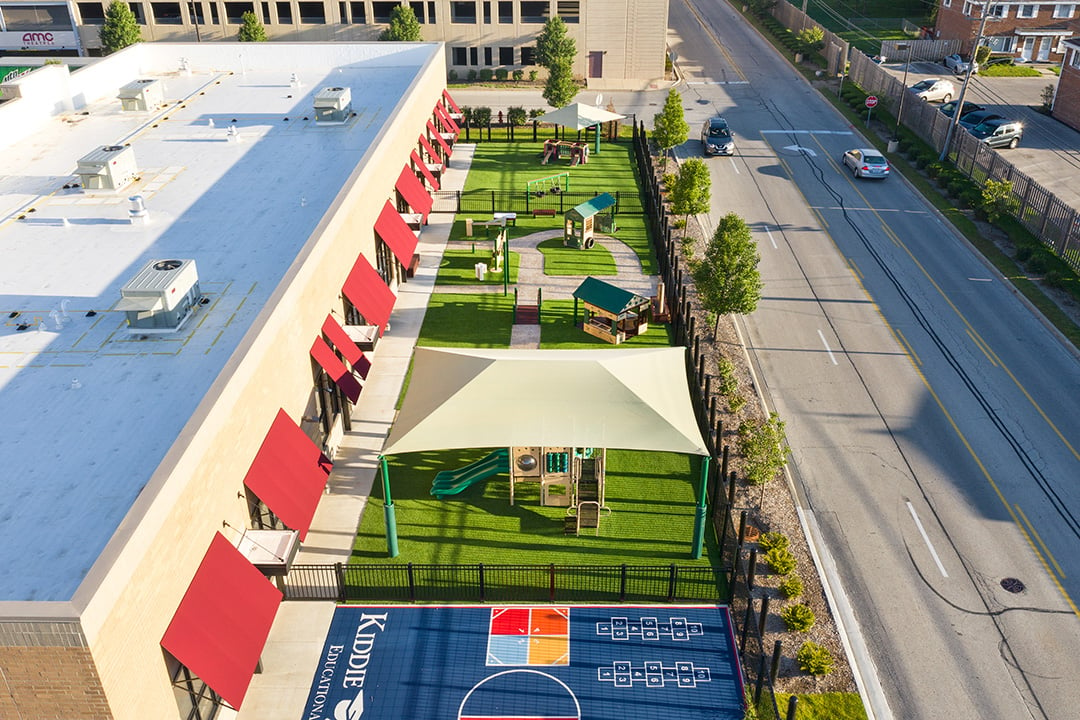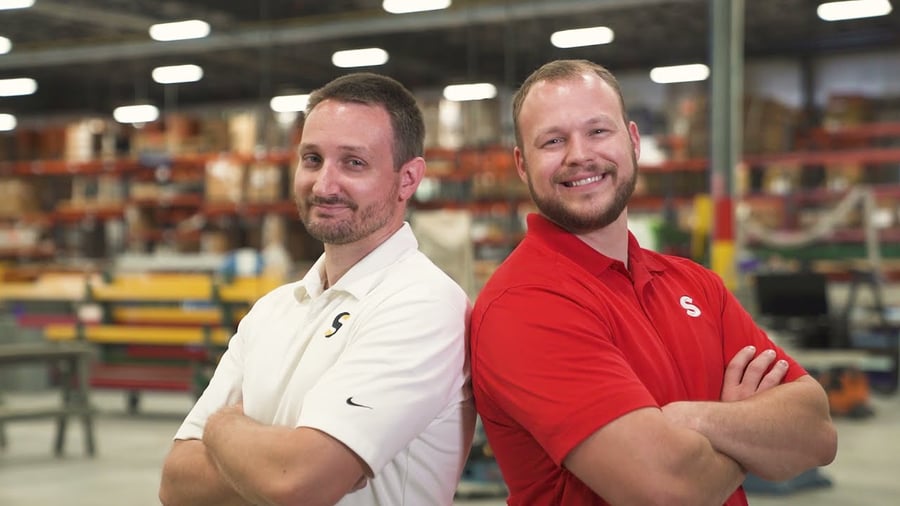Our Design Process
When you work with us or with one of our partners, you can rest assured that the shade design process is as easy as 1-2-3! It's our job to understand your needs, analyze various options, and design the best shade solution for you.
THE DESIGN & QUOTATION PROCESSOur Design Process is
as Easy as 1-2-3
Step One: Interview & Site Consultation
We start by visiting your space or reviewing a site plan and conducting a free site consultation. We'll ask critical questions that will help make your shade project a success and ensure it meets your vision. Important factors about your space will be taken into consideration, as well as preferred fabric and size. Information we’ll gather includes:
- Project location
- Direction of sun
- Type of structure (shade sail, dome, cantilever, etc.)
- How the shade will be used
- Surrounding environment
- Shade color
- Budget
- Timeline
- Appropriate height to accommodate what's underneath
- Column style preference
Step Two: Site Plan & Quote Proposal
Keeping in mind the factors that are important to you, we create a site plan drawn to scale along with a quote of itemized prices for product cost, engineering, freight, and shade installation.
Step Three: Project Agreement
When you're ready to move forward with the project, we’ll review and implement the project agreement that outlines who is responsible for each aspect of a shade project.

THE MANUFACTURING PROCESSHow Our Shade Structures are Made
Our shades are backed by years of design and engineering experience and they’re made from the highest quality materials using the best manufacturing techniques. Here’s an in-depth look into how we create our shade structures with the utmost care and accuracy from start to finish.
Step One: In-House Designers & Engineers
Your shade starts with our team of in-house designers and engineers. They have the expertise to design and engineer a shade solution that fits perfectly into your space. What’s more, they can ensure your shade meets your local building code requirements.
Step Two: Production
Once your shade has been designed and engineered, it’s time for production. First, the shade fabric is cut and sewn. Our fabric sewers use a combination of double-needle lock stitch and double-needle chain stitch to sew your shade fabric, creating a strong and durable shade canopy. Next, the steel for your shade’s frame is precision cut and carefully welded using trusted and strong welding techniques and patterns. Then it makes its way to the powder coat department where it’s primed using a zinc-rich primer, powder-coated, and then baked at 425°F in our 100-foot long oven. Once finished, your shade’s frame will have received a total of 6-8 mils of combined primer and powder coat, leaving a beautiful and durable marine-grade finish.
Meanwhile, our quick-release fabric mechanism, the Glide Elbow, is factory-assembled and tested for easy in-field installation. And the cable that tensions your shade is precision cut. Your shade then receives a final inspection before shipping. The large steel parts are layered and protected on large shipping pallets, while smaller parts are individually wrapped. This attention to detail ensures your shade arrives in pristine condition. Your whole order is wrapped with shipping plastic to protect it from any debris during transit. After your shade has made its way through design, engineering, and manufacturing, your shade has typically been with us for about 4-5 weeks before it is shipped off to find its permanent home in your space.
COLUMN STYLES Differences Between an Embedded Column and a Surface Mount Column
Interested in learning about column types? Take a look at this video to learn why or when your shade structure might have one column type over the other.
Let's Get Started Connect with Your Local Representative
Connect with your local representative to bring your shade project to life.

